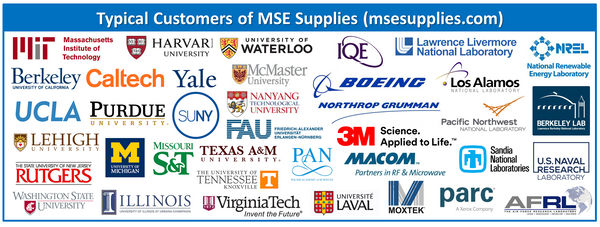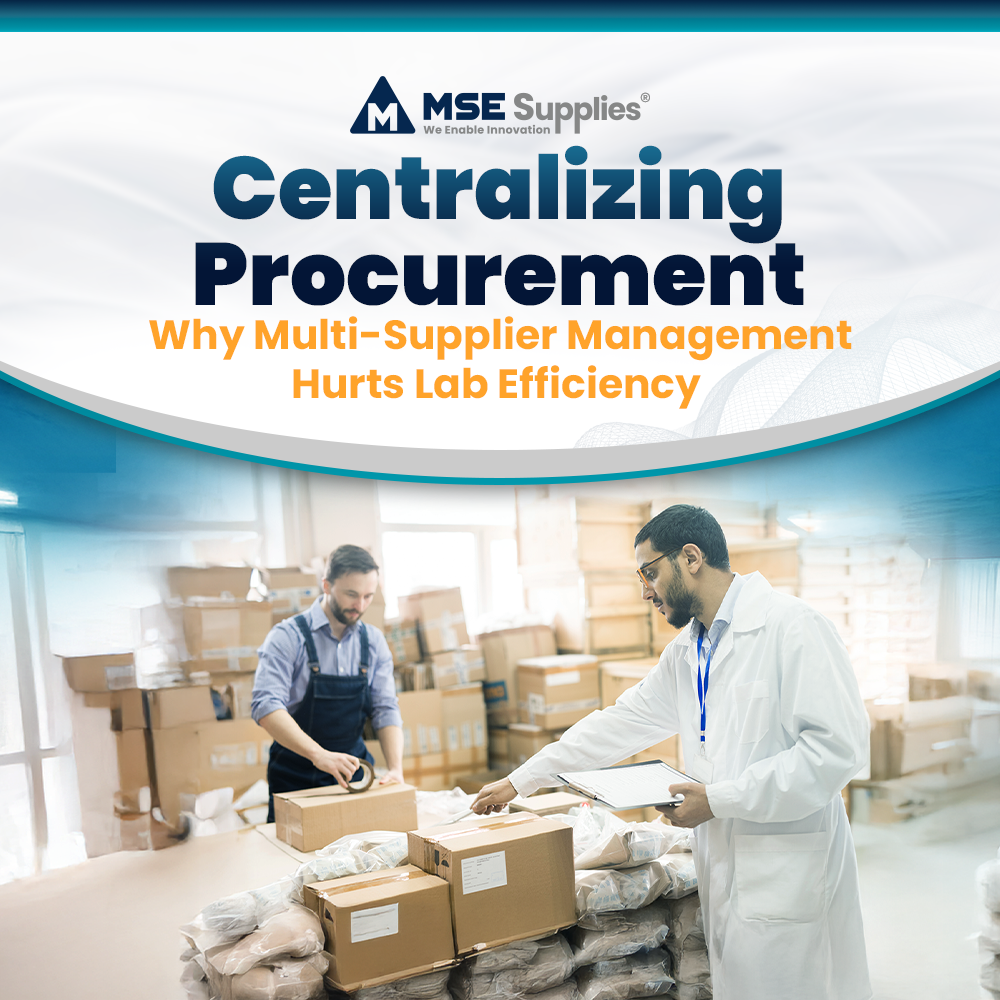Record-breaking photovoltaic (PV) cells: understanding the current and future state of solar technology
Posted by MSE Supplies on
Over the last several decades, scientists and engineers at national labs, universities, and private companies continue to explore and develop new types of cells and push the capabilities of existing ones, because an ideal technology is yet to be developed.
The National Renewable Energy Laboratory (NREL) maintains a plot of compiled values of highest confirmed conversion efficiencies for research cells, from 1976 to the present, for a range of photovoltaic technologies.
IEEE Spectrum recently partnered with three of the world’s leading independent test labs to create an interactive and updated history of record-breaking photovoltaic (PV) cells. While the full charts are designed to serve as a comprehensive reference for the industry, the data is also useful for understanding the current and future state of solar technology.
Because manufacturing lags laboratory discoveries by many years, most of today’s commercial photovoltaic cells are based on just a handful of the oldest technologies. But there are many ways to turn sunlight into energy—in fact, the U.S. National Renewable Energy Laboratory (NREL) currently maintains records for 27 different types of PV cells.
MSE Supplies is a leading supplier of FTO and ITO glass substrates, and has been serving many well known labs, including the National Renewable Energy Laboratory (NREL) in Colorado, USA. A number of custom made and patterned FTO and ITO substrates have been successfully fabricated by MSE Supplies and used by researchers at NREL.
Here are the world records for each type of cell, grouped into five broad categories. For each cell type I’ve provided a quick overview of the technology and some of its trade-offs.
Current Record Efficiencies
It’s easy to see that multijunction cells, which combine two or more layers of photovoltaic material (usually gallium arsenide), are by far the most efficient technology in the lab. Adding more junctions and concentrating optics can increase the gains, but also increase manufacturing complexity. For many applications, the extra efficiency isn’t worth the cost. One notable exception is space-based solar, where every gram of weight saved and every watt generated is precious.
Similarly, we shouldn’t be quick to dismiss the emerging photovoltaic category that has produced relatively low cell efficiency records so far. Many of these technologies are quite young, and some have higher theoretical efficiencies than silicon, providing ample room for improvement. Still others offer the promise of competing commercially even at low efficiencies, because they promise much lower production costs.
Another way to compare technologies is to focus on those that have continued to improve over the last decade.
Researchers continue to push the upper boundary of solar efficiency with multijunction concentrating cells. It’s also not surprising that the youngest technologies, such as perovskite cells and quantum dots, are among the most rapidly improving. Their record efficiencies started lower, so big gains are easier to come by. Improvements in perovskite cells have been particularly exciting, but researchers are still working to stabilize the cells which otherwise quickly break down.
In contrast, efficiency progress for traditional silicon technologies has largely stalled, but there is still a gap to close between commercial cell efficiencies and these records.
Many leading research labs have trusted MSE Supplies as their supplier of FTO and ITO glass substrates for solar cells research. Contact MSE Supplies now to request your custom-made transparent conductive oxide (TCO) coated glass substrates.
|
FTO coated conductive glass substrates (TEC Glass) |
|||||
|
Grade (ohm/sq) |
Size: L x W (mmxmm) |
Thickness (mm) |
Minimum of Order |
Prices of non-etched($/sheet) |
Prices of etched pattern ($/sheet) |
|
12-15 |
10x10 |
1.1 or 2.2 |
100 Sheets |
1.99 |
|
|
12-15 |
25x25 |
1.1 or 2.2 |
100 sheets |
2.99 |
|
|
12-15 |
50x50 |
1.1 or 2.2 |
50 sheets |
4.99 |
|
|
12-15 |
100x100 |
1.1 or 2.2 |
25 sheets |
9.99 |
|
Share this post
- Tags: Energy, FTO, ITO, solar cells






